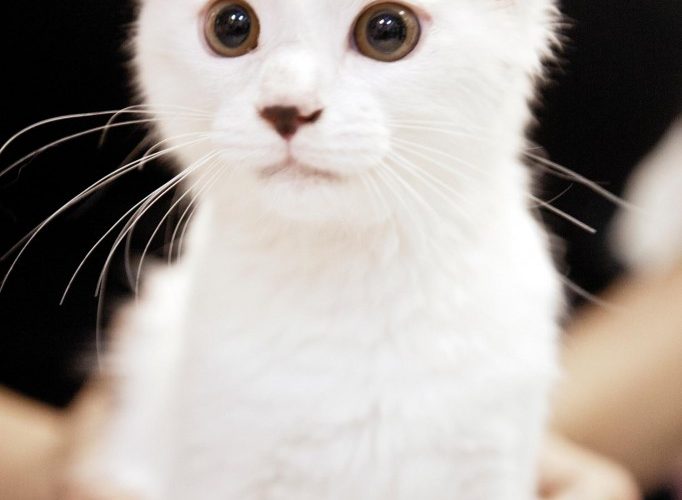In 1992, Newburyport resident Jan DeWitt noticed some wild cats living around the Newburyport waterfront, eating from the Dumpsters and huddling together to stay warm. She hadn’t been the first, either. Boat owners, upon returning to the marinas after the winter, were finding tiny frozen cat corpses beneath their tarps, and fellow Newburyporter Dorothy Fairweather had been alerting the city to the problem for months. Together, DeWitt and Fairweather set out to establish a humane solution to the cat overpopulation problem, lobbying area restaurants and shops for support because, after all, homeless cats weren’t exactly a boon for tourism.
Feral cats generally don’t make good pets, so the solution—catching the cats, neutering them, and returning them to their colonies—wasn’t just the right thing to do, the women argued, but the most effective way to do it. Twenty years later, the organization that sprung from those efforts, the Merrimack River Feline Rescue Society (MRFRS), has eliminated Newburyport’s feral population entirely.
Though the project started out targeting ferals, it soon became clear that not all cats being caught were wild; many were former pets that had run away or were abandoned. To accommodate them, MRFRS opened a cage-free, no-kill shelter, now located on Elm Street in Salisbury; it has since adopted out more than 18,000 cats and provided food and medical attention to many more—like Cargo Carrie, a tiny orange cat found in the back of a Kohl’s truck, and Bones, who arrived a year ago emaciated and with a broken tail.
On the organization’s 20th anniversary—and with the feral population now under control—MRFRS President Stacy LeBaron says the group’s focus is now on helping other communities launch similar programs to reduce feral populations and match cats with people who will care for them. Through private funding, corporate partnerships, and fundraising events, MRFRS’s two surgical units-on-wheels—the Catmobile RVs—roam the state, offering affordable or free spay/neuter services.
Though shelter staff make an effort to place all cats, including offering a care-for-life program for those with special needs, some may live at the Salisbury shelter for years. (LeBaron remembers Jaguar, a Persian who died at age 21 after spending 11 years there.) And though it’s not a bad place for a cat to live, most cats, says LeBaron, would prefer a home with more personal space, and fewer friends. “Cats are pretty private,” she says. “So we try to find every one a home—and generally do.” mrfrs.org

